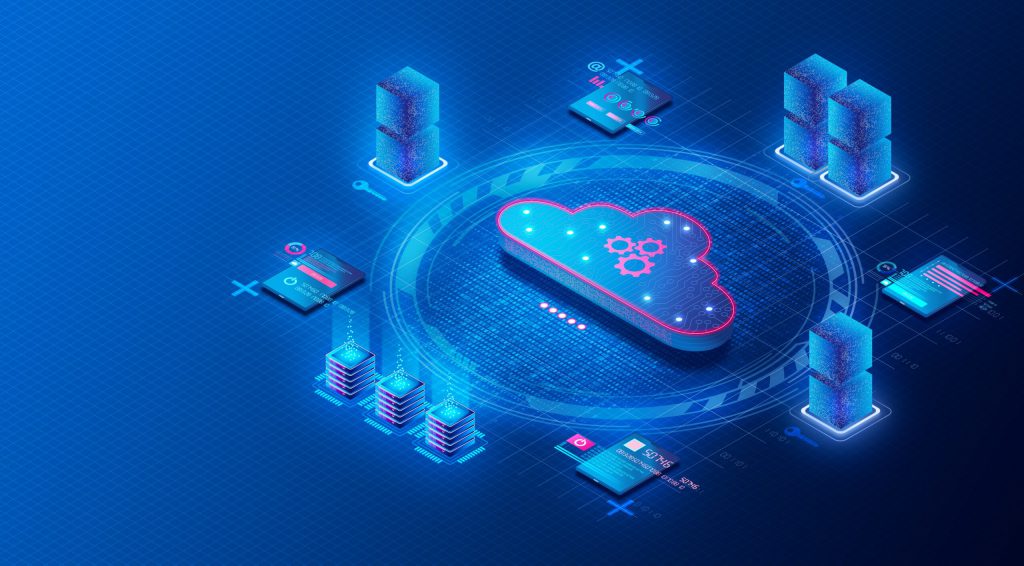Introduction
Cloud-native technology is taking the IT industry by storm, providing a powerful framework for building and managing modern, scalable applications. The cloud-native approach is all about leveraging the power of cloud computing to create applications that are highly available, scalable, and resilient. It allows developers to build applications that can run on any cloud platform, and it provides a flexible and efficient way to manage application workloads.
As the IT industry continues to evolve, new technologies and trends are emerging that are set to shape the future of cloud-native computing. In this article, we’ll explore some of these emerging technologies and trends and discuss how they will impact the industry.

The Future of Cloud Native: Emerging Technologies and Trends to Watch
1. Kubernetes: The Backbone of Cloud Native
Kubernetes is quickly becoming the backbone of cloud-native computing. It’s an open-source container orchestration platform that provides a powerful framework for deploying, scaling, and managing containerized applications. Kubernetes makes it easy to manage and deploy applications across multiple cloud platforms and provides a consistent and reliable way to manage containerized workloads.
2. Serverless Computing: Going Beyond Containers
Serverless computing is another emerging technology that is set to transform cloud-native computing. With serverless computing, developers can build and run applications without having to worry about managing servers or infrastructure. This technology allows developers to focus on writing code and building applications without having to worry about the underlying infrastructure.
3. Edge Computing: Bringing Computing Closer to Users
Edge computing is another trend that is set to shape the future of cloud-native computing. With edge computing, computing resources are placed closer to the end-users, allowing for faster and more efficient processing of data. Edge computing is ideal for applications that require low latency, such as IoT and mobile applications.
4. AI and Machine Learning: Adding Intelligence to Cloud Native
AI and machine learning are also set to play a significant role in the future of cloud-native computing. These technologies can be used to optimize application performance, automate tasks, and improve overall efficiency. They can also be used to build intelligent applications that can learn and adapt to user behavior, providing a personalized and engaging user experience.
5. Quantum Computing: The Future of Cloud Native
Quantum computing is still in its early stages, but it’s set to have a significant impact on cloud-native computing in the future. Quantum computing provides a powerful and efficient way to process large amounts of data and perform complex calculations. It’s ideal for applications that require high-performance computing, such as scientific simulations and financial modeling.

Conclusion
The future of cloud-native computing is bright, with new technologies and trends emerging that are set to transform the industry. Kubernetes, serverless computing, edge computing, AI and machine learning, and quantum computing are just a few of the emerging technologies and trends that are set to shape the future of cloud-native computing.
As these technologies continue to evolve, it’s important for developers and IT professionals to stay up-to-date with the latest trends and best practices. By embracing these emerging technologies and trends, they can build and manage modern, scalable applications that are highly available and resilient. The cloud-native approach provides a flexible and efficient way to manage application workloads, and with the introduction of these new technologies, developers can create even more powerful and innovative applications.
One of the key benefits of cloud-native computing is its ability to provide a consistent and reliable way to manage containerized workloads. This is where Kubernetes comes in. Kubernetes is quickly becoming the backbone of cloud-native computing, providing a powerful framework for deploying, scaling, and managing containerized applications. With Kubernetes, developers can manage and deploy applications across multiple cloud platforms, providing a consistent and reliable way to manage containerized workloads.
In conclusion, the future of cloud-native computing is filled with exciting new technologies and trends that are set to transform the industry. With the introduction of Kubernetes, serverless computing, edge computing, AI and machine learning, and quantum computing, developers can create even more powerful and innovative applications. As these technologies continue to evolve, it’s important for developers and IT professionals to stay up-to-date with the latest trends and best practices. By embracing these emerging technologies and trends, they can build and manage modern, scalable applications that are highly available and resilient.












